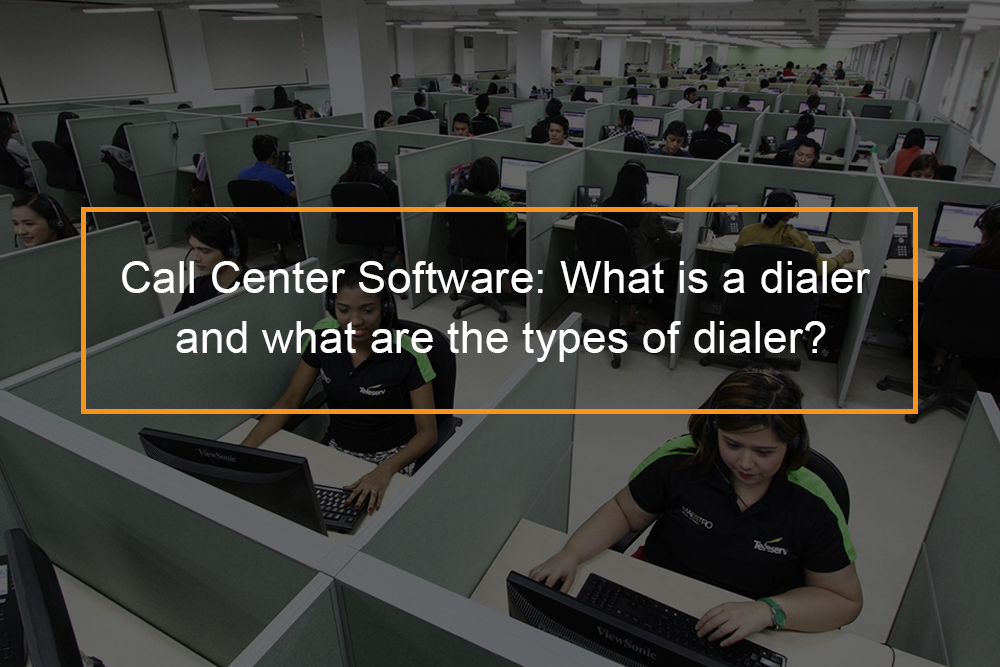The Three C’s in Call Centers

Understanding The Three C’s in Call Centers
What are the three C’s in call center? Call centers are a crucial part of modern business operations and serve as the frontline for support and customer service. To succeed in this area call centers must follow the simple, but efficient concept that is embodied in three key words: Customer, Communication and Center. In this post we will explore the meaning of these three C’s and the reasons they are crucial for the success of a call center.
Table of Contents
What is a Call Center?

The call center can be described as a central office that manages outbound and inbound calls from customers who are current or potential. Call centers are either within a company or outsourced to a different business that specializes in taking care of calls.
What are the three C’s in call center?

What are the three C’s in call center? The three C’s in a call center typically refer to the following:
- Customer: The first and foremost “C” in the call center equation is the Customer. They are the lifeblood of any business, and the primary reason call centers exist. Whether it’s addressing inquiries, resolving issues, or offering information, the ultimate goal is to provide exceptional customer service. This necessitates a deep understanding of customer needs, empathy, and a customer-centric approach.In a call center, agents are not just handling calls; they are managing interactions with people seeking solutions. It’s crucial to treat each customer as an individual with unique concerns and requirements. The focus should always be on meeting and exceeding customer expectations.
- Communication: Effective Communication is the linchpin of a successful call center. Communication encompasses not only the words spoken between the customer and the agent but also the tools, technology, and processes used to facilitate these interactions. Here’s why it’s vital:
|
|
|
- Center: The final “C” represents the physical or virtual Center where call center operations take place. This encompasses the infrastructure, resources, and processes needed to manage customer interactions effectively. A well-organized call center is marked by several key attributes:
|
|
|
In the realm of call centers, the three C’s—Customer, Communication, and Center—are more than just a catchy phrase; they are the pillars upon which exceptional customer service is built. A customer-centric approach, effective communication, and a well-equipped center provide the foundation for delivering outstanding customer experiences. By focusing on these three C’s, call centers can continue to evolve and meet the ever-changing demands of the modern business landscape.

Benefits of the three C’s in call center
The three C’s in a call center – Customer, Communication, and Center – offer a range of benefits that contribute to the overall success and efficiency of call center operations. Here are some key advantages of adhering to the three C’s:
- Enhanced Customer Satisfaction:
- Customer-Centric Approach: Prioritizing the customer (the first “C”) ensures that their needs are at the forefront of every interaction. This leads to higher levels of customer satisfaction and loyalty, as customers feel valued and understood.
- Effective Communication: Clear and empathetic communication (the second “C”) helps in resolving customer issues more efficiently. When customers receive prompt and accurate responses, their satisfaction increases.
- Improved Efficiency and Productivity:
- Communication Tools: Emphasizing effective communication (the second “C”) leads to the use of advanced communication tools and technology, such as automated call distribution (ACD) systems and CRM software. These tools help streamline call handling and improve agent productivity.
- Training and Development: Focusing on the center (the third “C”) means investing in agent training and development. Well-trained agents can handle inquiries and issues more efficiently, reducing call handling times and improving overall productivity.
- Better Resource Utilization:
- Center Infrastructure: An organized and well-equipped call center (the third “C”) ensures that resources are optimally utilized. This includes efficient call routing, proper staffing, and the use of technology to manage call volume effectively.
- Performance Metrics: By monitoring performance metrics, such as average handle time and first call resolution, the call center can identify areas for improvement and allocate resources accordingly.
- Higher Employee Morale:
- Customer Focus: A customer-centric approach (the first “C”) can lead to more meaningful and satisfying interactions for call center agents. When agents see the positive impact of their work on customer satisfaction, it can boost their morale and job satisfaction.
- Training and Development: Investing in agent training and development (the third “C”) shows that the organization values its employees. This can lead to higher levels of engagement and motivation among agents.
- Data-Driven Decision Making:
- Communication Technology: The use of communication technology (the second “C”) allows call centers to collect and analyze data related to customer interactions. This data can be used to make informed decisions about staffing, training, and process improvements.
- Performance Metrics: Performance metrics provide valuable insights into call center operations. By tracking and analyzing these metrics, call centers can make data-driven decisions to enhance efficiency and customer service.
- Competitive Advantage:
- Customer Loyalty: When call centers consistently excel in the three C’s, they build strong customer loyalty. Satisfied customers are more likely to return and recommend the company’s products or services to others, giving the organization a competitive edge in the market.
The three C’s in a call center provide a framework for delivering exceptional customer service, optimizing operations, and creating a positive work environment. By prioritizing the Customer, emphasizing effective Communication, and maintaining a well-equipped Center, call centers can reap numerous benefits, including increased customer satisfaction, improved efficiency, and a competitive advantage in the business world.
Frequently Asked Questions
What are the 3 Cs of Customer Satisfaction?
The 3Cs of customer satisfaction are:
- Consistency: Customers want to have a consistent experience every time they interact with your company, whether it’s through your website, your customer service team, or your retail stores. This means that your products and services should be of the same quality, your employees should be consistently helpful and friendly, and your processes should be efficient and easy to use.
- Communication: Customers want to be kept informed about their orders, their account status, and any other issues that may arise. They also want to be able to easily reach you if they have a question or a problem. Make sure that your communication is clear, concise, and timely.
- Competence: Customers want to be confident that they are dealing with a company that knows what it’s doing. This means that your employees should be knowledgeable about your products and services, and they should be able to solve problems quickly and efficiently.
What are the 3 C’s of success?
There are many different factors that contribute to success, but some of the most common include:
- Clarity: Having a clear vision of what you want to achieve is essential for success. This means knowing your goals, why you want to achieve them, and what you are willing to do to get there.
- Commitment: Once you have a clear vision, you need to be committed to achieving it. This means being willing to put in the hard work and dedication necessary to make your dreams a reality.
- Consistency: Success does not happen overnight. It takes time, effort, and consistency to achieve your goals. This means staying focused on your goals and taking action, even when things get tough.
What are the 3 C’s of business?
The 3 C’s of business are:
- Customer: The customer is the most important person in any business. It is important to understand the customer’s needs and wants, and to provide them with a product or service that meets those needs.
- Competition: Every business has competition. It is important to understand the competition, and to find ways to differentiate your business from the competition.
- Company: The company is the third C. It is important to have a strong company culture, and to have a team of employees who are committed to the success of the business.









